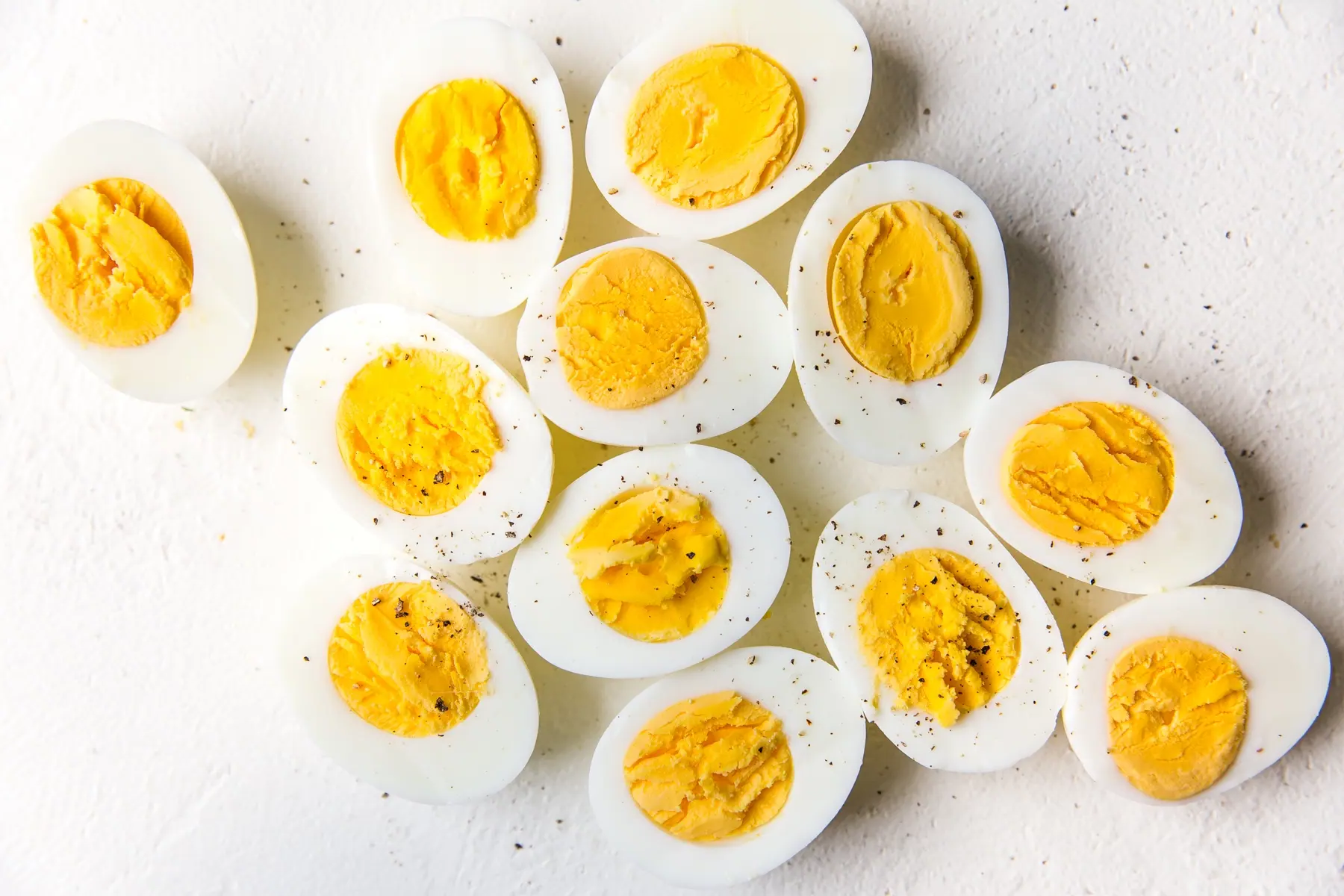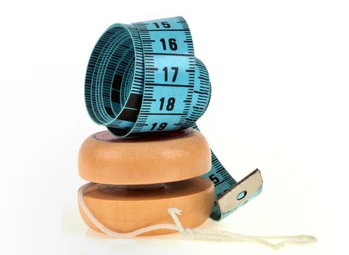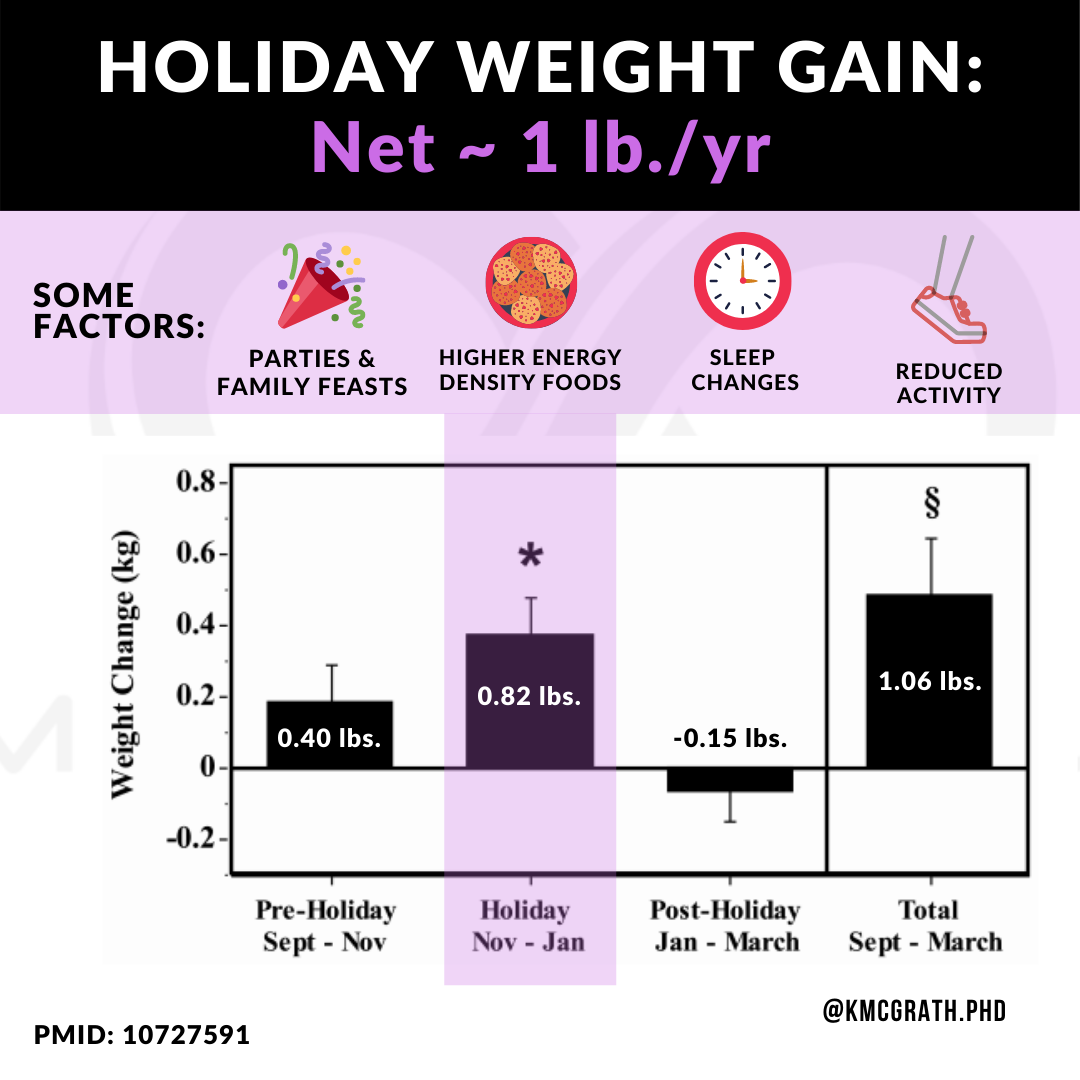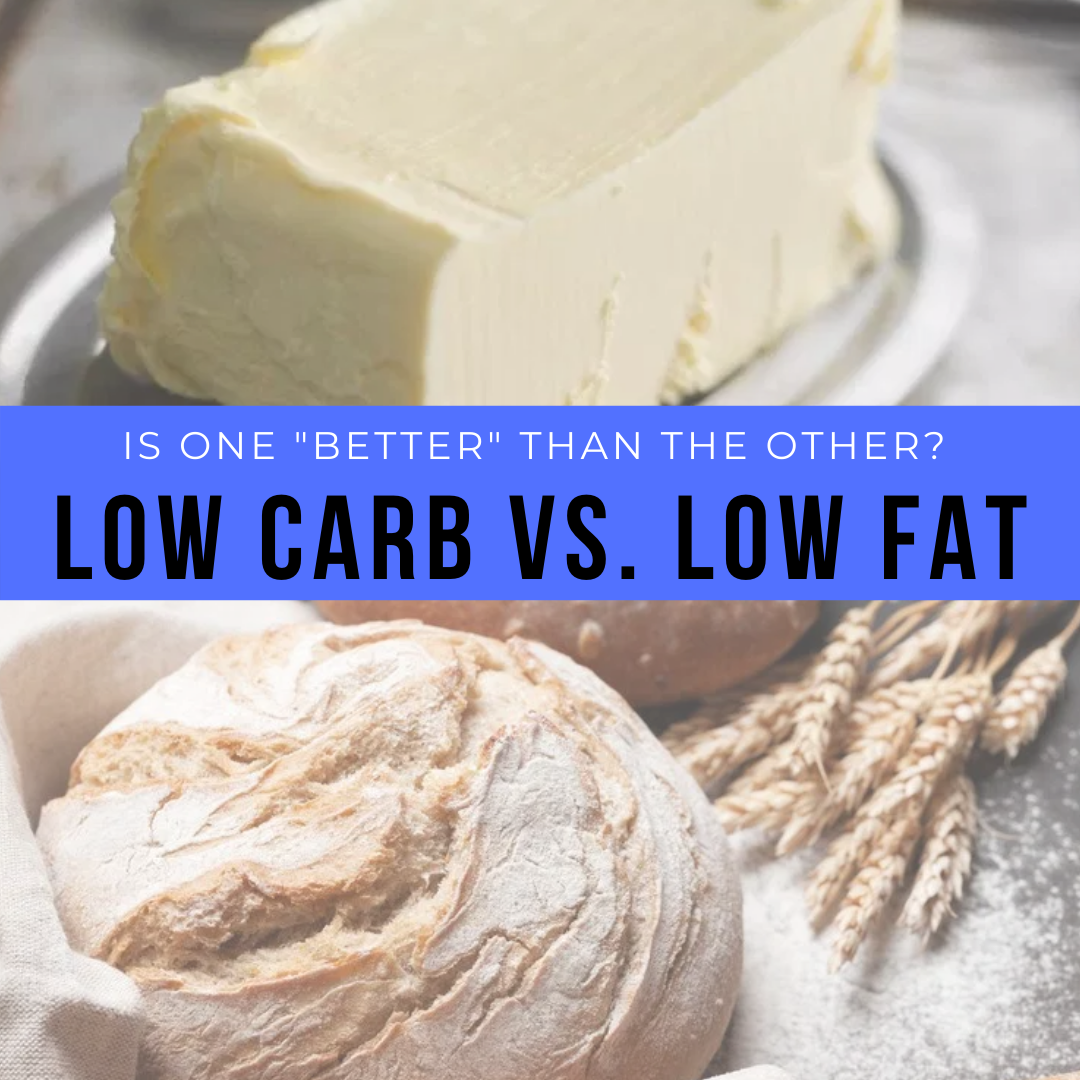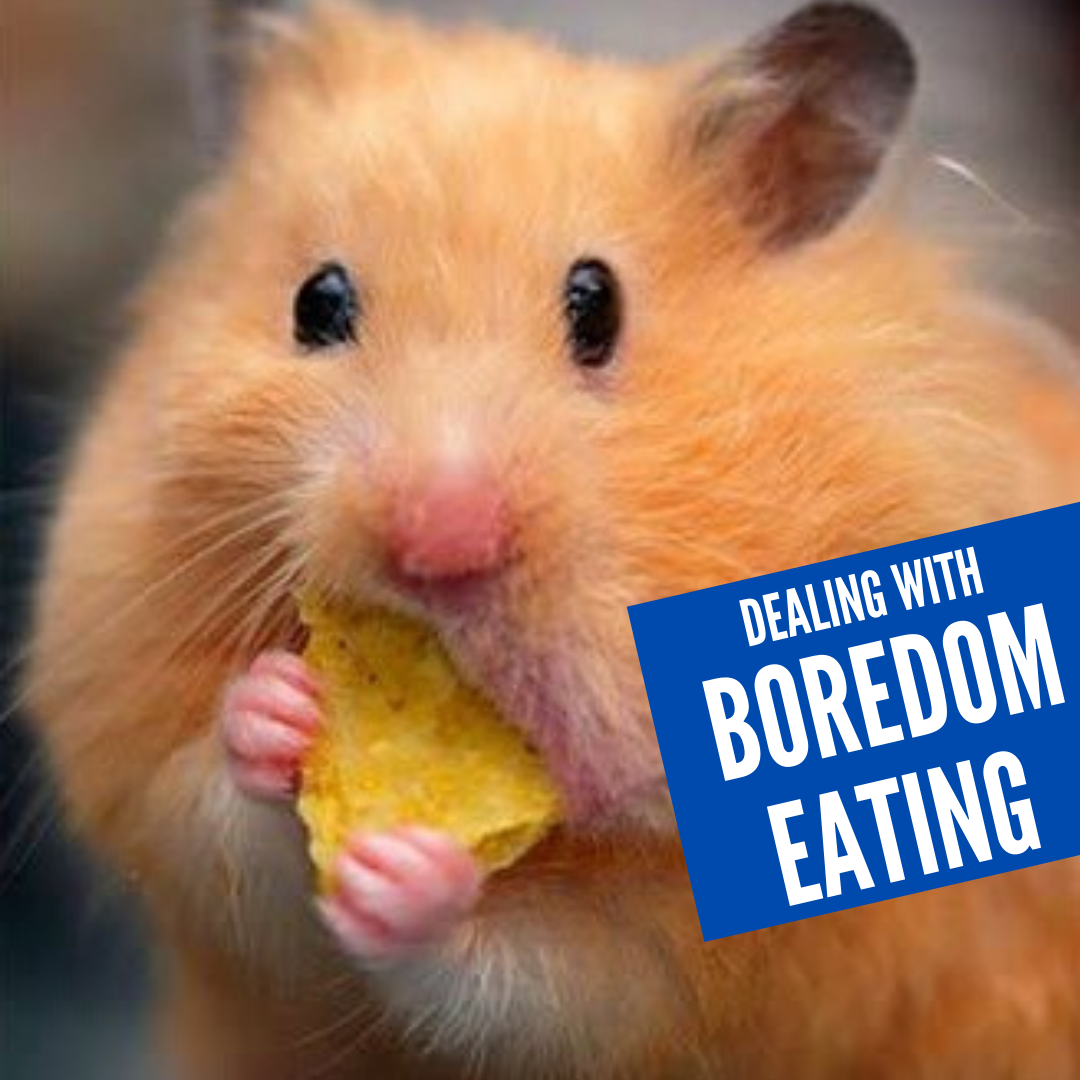The beverage hydration index provides the relative hydrating ability of different fluids relative to water. How do different drinks compare and what makes some beverages more hydrating than others?
Fuel your goals – contact me to explore nutrition coaching.
It’s useful to understand how different beverages can help maintain daily water balance in the body. Understanding how some beverages promote longer-term fluid retention, especially considering prolonged exercise and/or warmer climates is of practical benefit.
Common perception is that regular water and sports drinks containing electrolytes are more beneficial for hydration, and drinks such as coffee, tea, soda, and alcohol are dehydrating. Is this true?
In 2016, a team of researchers in the UK performed a fascinating study [1] comparing how well 13 different drinks were retained in the 2-4 hours immediately after consumption. Seventy-two volunteers consumed 1L of different fluids and then had their urine output monitored to indicate how much had been retained.
Correcting for differing water content, each beverage was given a Beverage Hydration Index (BHI) score. Still water was used as the reference point, with a rating of ‘1’. The higher the BHI, the more fluid was retained.

Comparing the 13 different beverages to water:
- Oral rehydration solution aka ORS (e.g., Diarolyte, Pedialyte), orange juice, and milk are statistically more hydrating than water
- Teas, sodas, and sports beverage (e.g., Powerade) statistically provide similar hydration to water
- Black coffee and lager appear only very mildly dehydrating relative to water
The BHI highlights that there are several factors influencing the hydrating and dehydrating properties of different fluids, through changes in the rate at which the fluid is emptied from the stomach and absorbed in the small intestine versus how much is extracted in urine.
- Volume of liquid consumed and rate of consumption influence rate of stomach emptying and absorption. To improve fluid retention it’s preferable to frequently sip fluids than to chug large volumes. Fast consumption of large volumes will more often than not result in the water passing through without as much storage in the body water pool. Why pee more without all the hydration benefit?
- Other nutrients can strongly modulate hydration properties. Electrolytes, carbohydrate, protein, and fats in beverages delay stomach emptying and fluid absorption to varying degrees – the presence of these nutrients in fluids support hydration.
- Presence of diuretics such as caffeine and alcohol can increase rate of excretion, and therefore can have a dehydrating effect. However, this appears to be highly dependent on other nutrients in the drink as well as the concentration of caffeine and alcohol. Low amounts of caffeine and alcohol are not especially dehydrating compared to water.
24-h hydration status does not appear to be very different in people drinking just water versus water plus a variety of other drinks, including water, cola, and fruit juice, provided that an adequate total volume is consumed. [2] Therefore, regarding specific drink selection within context of your overall nutrition and goals, consider the following:
- Am I drinking enough overall fluid day to day to maintain hydration?
- Am I sweating due to intense and/or prolonged training, training in warmer or more arid environments with infrequent opportunity to drink?
- Do I need increased energy availability for prolonged training, or quickly restore muscle glycogen (for a second training bout)?
- Protein: Will the milk help me better meet daily protein requirements?
- Do I need additional calories or are zero-calorie options a better choice?
- Is my stomach empty? BHI is an isolated measurement that was evaluated in the fasted state. Food will slow down fluid absorption and excretion rate.
Notes about caffeine and alcohol
A single high dose of caffeine, for example that contained in an energy drink (100 -200 mg) is unlikely to have a massive dehydration effect; as dosages approach and exceed 300 mg the additional volume of urine excreted may become significant. [3]
Alcohol content of the lager used in the study did not increase urine excretion over other drinks, but the effect of the alcohol may have been modulated by other nutrients in the beer. Counter to this idea, a different study specifically reported 12% greater urine excretion after ingestion of 1 L lager beer containing 4% alcohol compared with the ingestion of the same volume of a nonalcoholic control beer. [4]
While a few of the studied drinks were more hydrating than water, there are many drinks that are very similar to water which will support daily hydration needs. A few recommendations:
- Start the day with a glass of water
- EATING water will also support hydration. Consider that nearly all whole vegetables and fruits are >95% water by weight.
- Replenish fluids during and after training. ORS is an excellent choice for prolonged intense exercise to replace sweat. Additional carbohydrates may be necessary to maintain energy availability for extended training. It’s lowest cost to make your own, or purchase products such as Pedialyte, Nuun, DripDrop.
- Milk is an all-star as a post-workout beverage to support rehydration, total protein intake, and glycogen re-synthesis. Ron Burgundy is wrong!

[1] Maughan, RJ, Watson, P., et al, A randomized trial to assess the potential of different beverages to affect hydration status: development of a beverage hydration index, Am J Clin Nutr 103: 717-723, 2016.
[2] Tucker M.A., Ganio M.S., et al. Hydration status over a 24-h period is not affected by ingested beverage composition. J Am Coll Nutr 34:318–27, 2015.
[3] Maughan R.J., Griffin J., Caffeine ingestion and fluid balance: a review. J Hum Nutr Diet 16:411–20, 2003.
[4] Hobson R.M., Maughan R.J. Hydration status and the diuretic action of a small dose of alcohol. Alcohol, 45:366–73, 2010.
I am an Amazon Associate and through your qualified purchases help keep this website ad free.
